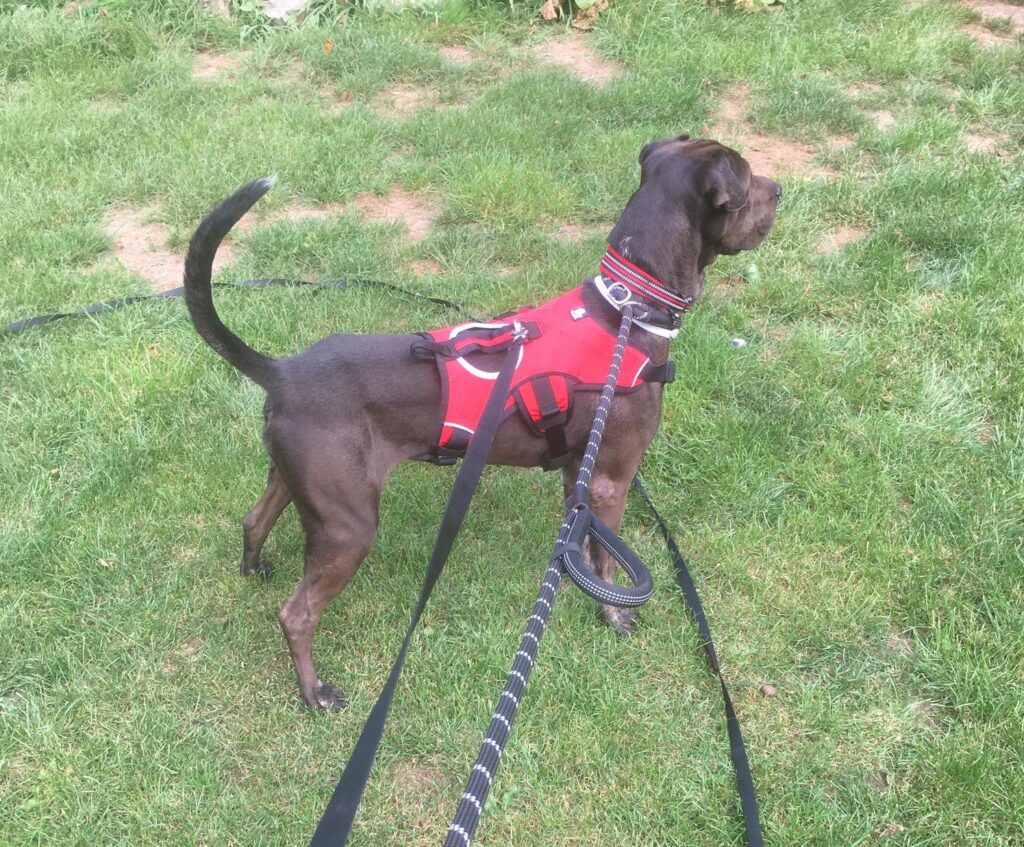How to Keep Your Rescue Dog Safe
You’ve found your perfect rescue dog, passed all the checks and are getting ready to welcome it into your home. Are you ready and prepared and know how to keep your rescue dog safe?
Every adopter’s worst nightmare is losing their dog in the first few days or weeks of adopting them. There are measures that you can take to ensure their safety and save you and your new pooch some sleepless night and stress.
When adopting a dog you may not know its full history, especially if it has been found as a stray. Strays and street dogs in particular are more of a flight risk than dogs who have been in a home before. However, every dog should have the same due diligence applied in the first few days and weeks. It is very unsettling for a dog to move homes and they will take several weeks to properly settle and know they are home.

Expert Nicola Ashcroft of Ashcroft Animal Accessories, shares her Top Tips on how to keep your rescue dog safe
- It is always a good idea to double lead your dog straight away until you know if your dog is a severe flight risk or not. This applies even in the garden. Many new dogs are scared of going in or out of thresholds so although your dog may go easily into the garden, it may be terrified to come back inside the house. Many dogs have never been in homes before so it is a totally alien environment. If you have a lead attached, you will be able to get your dog to come back inside easily.
- The first few times you take your dog in the garden always have a lead attached and watch for the areas of interest that your dog goes to which can help identify any potential escape routes you may have missed.
- You can also keep a trailing lead on in the home so you know where the dog is at all times and help eliminate the possibility of the dog taking flight at the first opportunity (I keep a 10ft lead attached for the first few days) but never leave the dog alone with a trailing lead in case the lead gets caught up.
- A three strap safety harness should be purchased at the earliest possible time and definitely before you take your dog out on its first walk. The smaller waist strap on the harness can’t be pulled over the larger chest area and stops the dog slipping out of the harness by pulling the harness over its head. This is how a flight risk dog usually tries to escape the harness when in a panic mode. Something as simple as a man coming towards you on a footpath, a car honking its horn or a big lorry passing can send your dog into flight mode. Not all dogs will react or be a flight risk but until you know what triggers your dog if anything, you must take all precautions. These dogs need time to acclimatise and desensitise as many “normal” sounds and sights will be alien for them.
- When you have your harness, you can pop it on and leave it on in the house so your dogs gets used to the feel of it and doesn’t have any bad associations with it – many dogs will have no issues at all with wearing a harness. You can attach the lead to the harness and walk the dog around the garden so they can get used to the feel of being walked.
- It is a good idea to use a dual attaching lead or an additional slip lead at first so the dog is attached by the collar and the harness. A walking belt is another safety product you could consider so you can attach one lead to the belt around the waist and hold the other lead in the normal way. This way you have no risk of the lead being pulled out of your hand and the dog escaping.
- Avoid retractable leads which can be very dangerous especially with flight risk dogs.
Leads, collars, three strap harnesses, coats, slip leads, dual leads, walking belts and many other dog products can all be purchased from Ashcroft Animal Accessories and at least 10% of the sale will be donated back to the rescue if you mention Saving Souls Animal Rescue as the rescue when prompted.
Hopefully this article has helped you understand how to keep your rescue dog safe.
For more information on settling your rescue dog, please see our guide.
